Education is something many people value highly and we probably all agree that education is the national backbone for our society. But for countries like South Korea, where the education system is far more strict and rigorous, one begins to wonder where to draw the line between good and bad schooling and if Korea can even be considered a prime model for other developing nations to follow.
Recovering as a war ravaged country only 60 years ago, South Korea has made great strides in recovering and building into a powerful country. As one of the poorest countries in the 1950s, South Korea is now economically one of the strongest countries in the world. How did South Korea manage to do this? Mainly, through its education system.
With a literacy rate of 98%, South Korea has cultivated a highly educated work force and it stems from its tough school system. Even though it has undeniably helped Korea back on its feet, some people wonder if the system might be a little too unrelenting. Let's take a look and see why people think so.
1. School days can be 15 hours long

South Koreans take school seriously. Very seriously. 15 hour school days is considered normal for a lot of the students in Korea. For high school students, a school day typically starts at 8am and finishes at 11pm. There is a reason why students finish so late. The majority of the students attend after-school learning programs, (also known as hagwons), to reinforce higher education and to accelerate their learning . Because students are studying around the clock, dinner is usually served at school as well.
2. Pressure

In Korea, success is defined by status and the respectability of your job. To get a good job, you need to be able to get into a good school. To get into a good school you guessed it, you need to study hard. In a small country with only a handful of universities, competition is fierce. Since parents feel the pressure to ensure their children's success, the pressures are funneled down from parent to child ultimately creating one of the most stressful and competitive educational systems in the world.
3. Punishment

Students in Korea are very well disciplined. Mainly from adapting to the strict education system in Korea but also because of the physical disciplinary measures students receive for "breaking the rules." Until only recently, Korean teachers were able to take physical measures to ensure their students obeyed the rules. Using "disciplinary sticks," teachers were able to instill fear into the students and became another reason why students, on top of all the other reasons, worked so hard. Although Korea is slowly changing it ways, change is slow. It may be due to the fact that some parents still support and even encourage corporal punishment.
4. Bad eyes

The cost of studying long hours without much rest is the main reason why South Korea's myopia rates are one of the highest in the world. Myopia, or nearsightedness, is when nearby objects are clear, but objects at a distant become blurry. According to data from University of Technology Sydney, a staggering 96% of South Koreans currently suffer from myopia compared to the 40% in the United States. That means over 9 out of 10 people are using glasses or contact lenses. The reason? Too much time indoors and not enough sunlight. With near-sightedness at such an alarmingly high rate in Korea, the country may have to reevaluate its education system.
5. Competitive universities

All the hard work the pain and suffering, leads up to this one moment. Unfortunately because of the small size of the country, the selection of universities are also very limited. Gaining entrance into prestigious universities such as Seoul National University and Korea University is a goal of many students and they're willing to fight for it.
How do you feel about Korea's education system? In the comments section below, tell us what you think!


 SHARE
SHARE






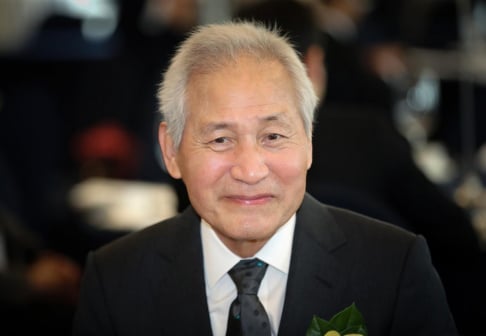





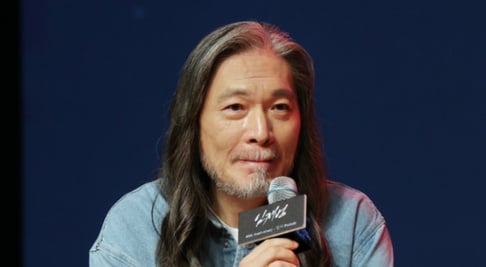
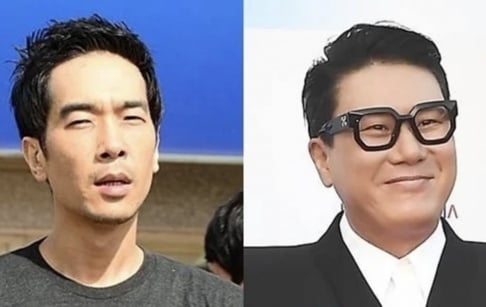










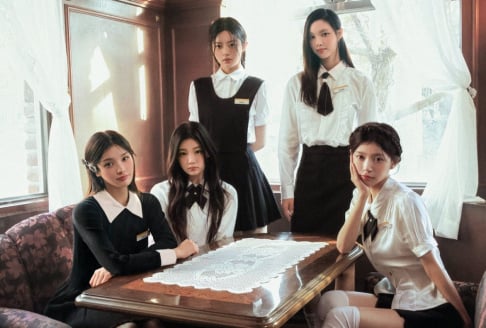


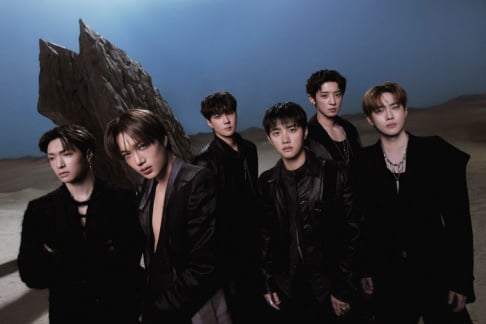
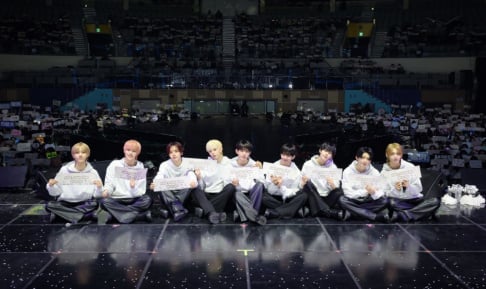
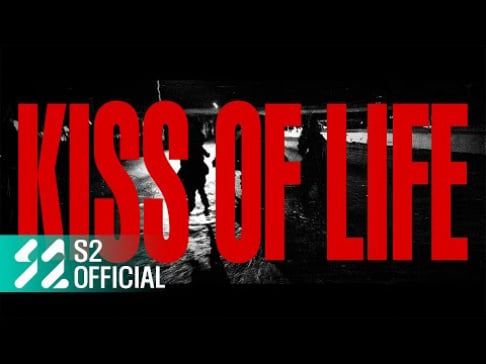







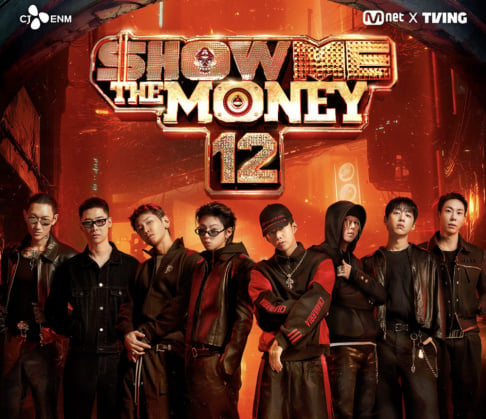



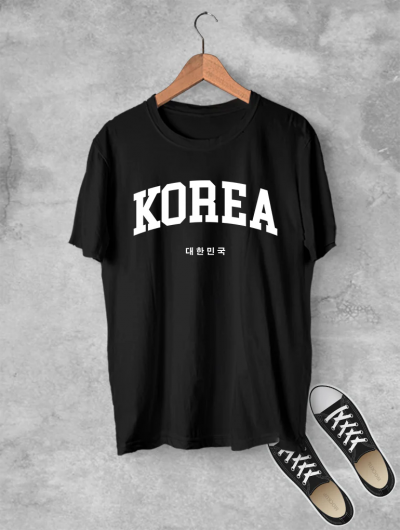


Very interesting info!